Author:Baby & Adult Diaper Materials FROM:Diaper Materials Manufacturer TIME:2023-03-02
Offline composite processing technology is currently the most widely used process production technology to increase the added value of products. It has the characteristics of flexibility, convenience and wide adaptability. The composite processing of various materials and different processes can produce many new products with excellent performance. Material. This paper introduces several offline lamination methods commonly used for wrapping non woven fabrics, including hot rolling lamination, ultrasonic lamination, lamination lamination, etc., which can provide spunbond nonwoven fabric manufacturers to improve the level of product differentiation and enhance the competitiveness of enterprises. Certain lessons and guidance.
Hot-rolled cladding is a common cladding process that uses a hot-rolling mill to consolidate multiple layers of materials together. Hot-rolled cladding can have high production speed, mature and reliable process, simple operation management, high strength and good barrier performance. In order to ensure the bonding strength, the melting point of each layer of materials should not be too different, and the total gram weight of the product should be less than 150 g/m2. The disadvantage of this process is that the wrapping non woven fabric product will feel worse after hot rolling, and the air permeability will decrease.
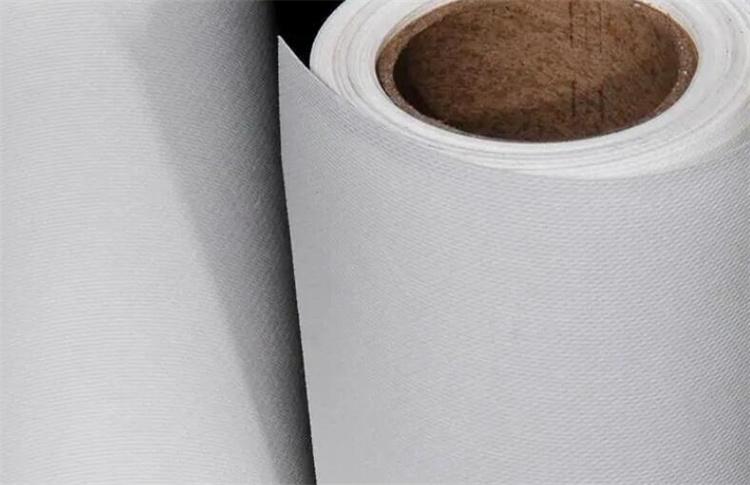
Ultrasonic lamination is a process that uses ultrasonic waves to consolidate multiple layers of materials. When the ultrasonic composite process is used, the melting point requirements of each layer of materials are not strict, and it is suitable for materials with large differences in melting point, and the operation management of the production process is relatively simple.
Ultrasonic lamination has higher production speed, higher strength and better barrier properties. By changing the shape of the mold, beautiful patterns can be formed on spunbond non-woven products, which is also convenient for product recycling; The strength of the product is not as good as that of hot-rolled bonding, and there are also higher requirements for the surface cleanliness of each layer of material.
Lamination lamination is an important method to consolidate and compound multi-layer materials of spunbond non-woven fabrics to manufacture products with high barrier properties. In actual production, there may be "one cloth and one film", "two cloths and one film" and "three cloths and two films" and other composite methods. The process of laminating and laminating is also relatively mature, the thickness of the film layer is highly controllable, and it can have a high production speed (about 100 m/min), the operation management is relatively simple, and the product has high strength and good quality. Barrier properties.
When the lamination lamination process is used, the film material is generally PE with a lower melting point, while the commonly used PP and PET non-woven material substrates have higher melting points, and the temperature of the PE melt will not cause damage to other materials. The melting point requirements of each layer of materials are not strict, but the uniformity of the substrate is strictly required, and no holes or serious thin net defects are allowed, so as to avoid the phenomenon of "leaching" during the processing. In general, the gram weight of the substrate laminated by lamination should be ≥ 18 g/m2.
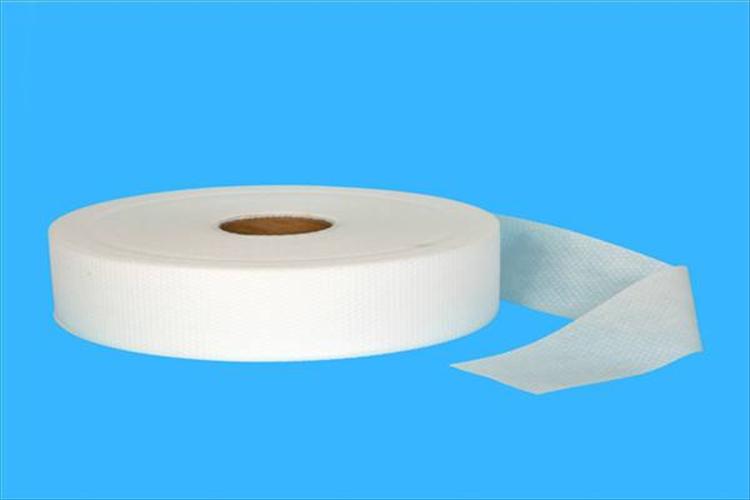
Hot-melt adhesive compounding is to use the fluidity of hot-melt adhesive after heating to infiltrate the surface of the object to be adhered. After cooling and cooling, it will solidify or react and solidify to achieve bonding. Hot melt adhesive spraying compounding is a non-contact compounding, which has lower requirements on the minimum gram weight, uniformity and unwinding tension of the substrate; due to the small amount of glue sprayed, it has little effect on the air permeability of the substrate and lower requirements for temperature resistance. .
The main features of the hot melt adhesive compounding process are fast bonding speed, no solvent, and simple production process.
The hot melt adhesive compounding production line is mainly composed of unwinding device (2 sets), glue spraying equipment (2 sets), compounding device, slitting and winding device, and the installed capacity is small. At the same time, compared with the coating method, hot melt adhesive spraying has the advantages of fast production speed, high efficiency, small amount of glue, easy adjustment, low cost, small equipment occupation, and short investment recovery period.
This kind of wrapping non woven fabric product has the advantages of soft hand feeling, strong shielding, high barrier ability, good air permeability, etc., and it is breathable and liquid impermeable, and its breaking strength is larger than that of traditional composite technology.
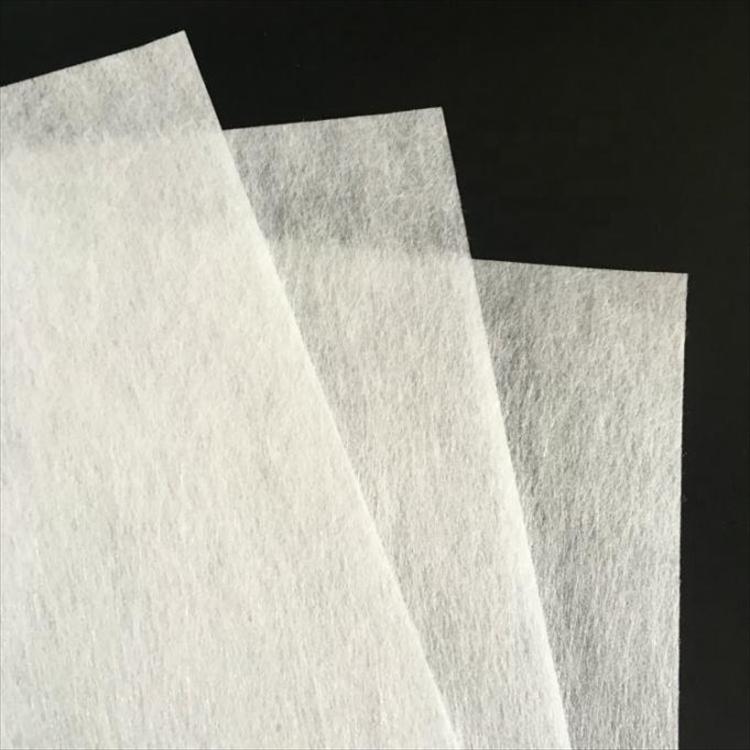
The offline composite processing technology of wrapping non woven fabric has become an important means for internationally renowned multinational companies to improve the competitiveness of their products in the market, but the application promotion and innovation work in my country has just started. Enterprises can flexibly choose different technologies and equipment according to their own production lines and market characteristics, so as to improve their own competitive advantages and achieve the best economic benefits.
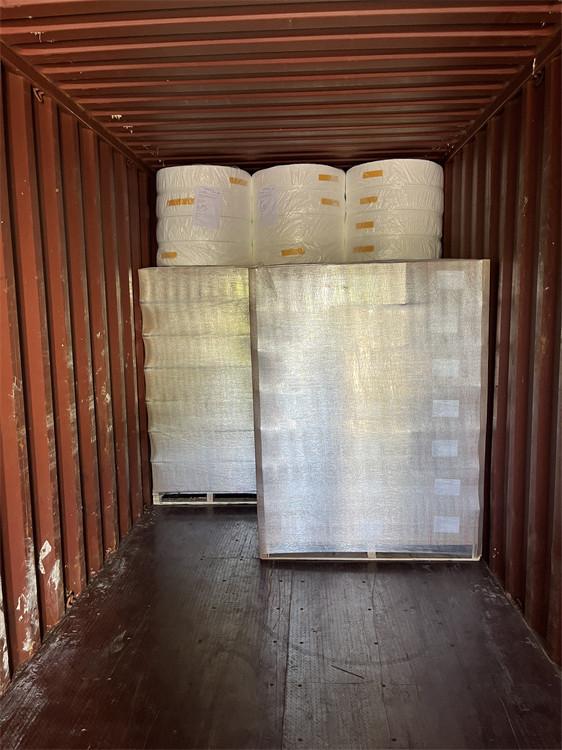
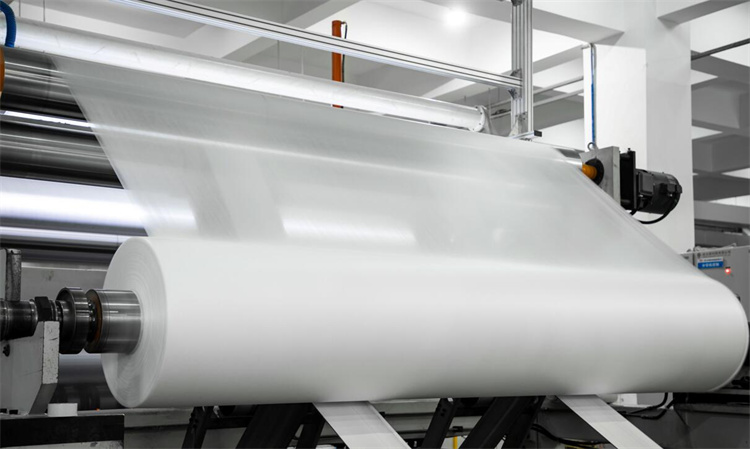

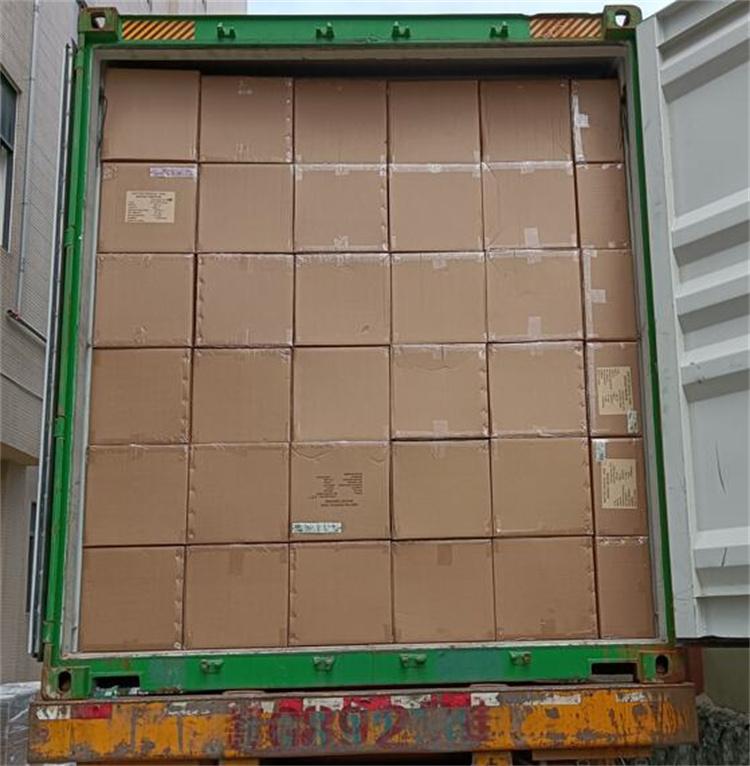

 Email: info@whldiapernonwoven.com
Email: info@whldiapernonwoven.com
 MP/WhatsApp: +86-13599937366
MP/WhatsApp: +86-13599937366
 Manufacturer Address:Room 1105B, Bld M1, Manhattan, Yulongwan, Shimao, Shuanglong Road, Meiling Street, Jinjiang, Fujian, China
Manufacturer Address:Room 1105B, Bld M1, Manhattan, Yulongwan, Shimao, Shuanglong Road, Meiling Street, Jinjiang, Fujian, China